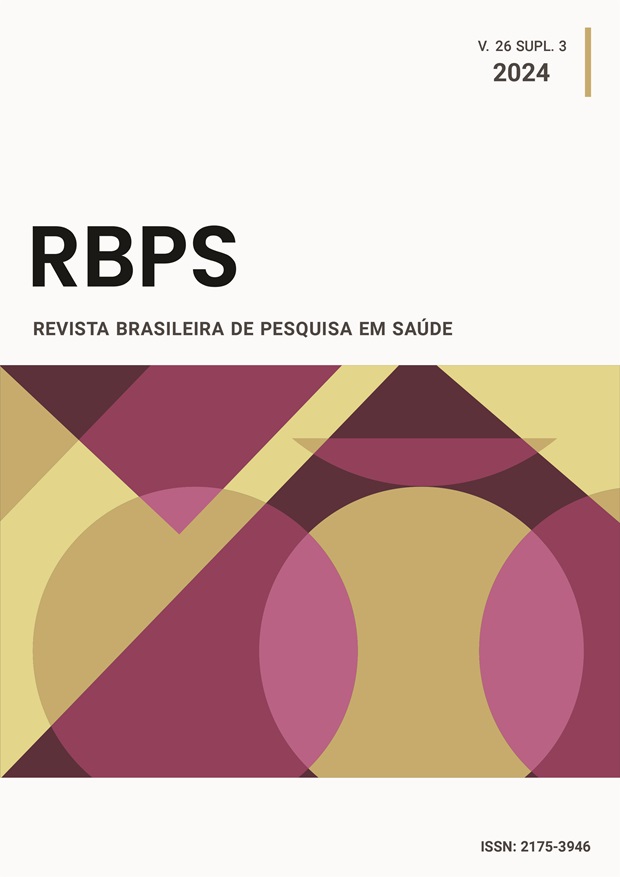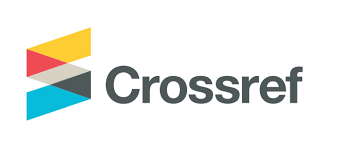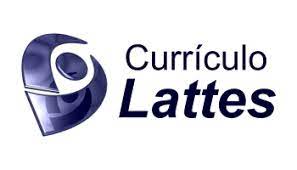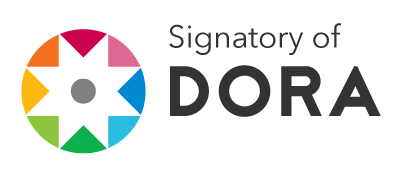O papel da endoscopia no diagnóstico e tratamento de Acalasia
DOI:
https://doi.org/10.47456/rbps.v26isupl_3.15Palavras-chave:
Acalasia, Endoscopia digestiva alta, Distúrbio motor do esôfago, EndoscopiaResumo
Introdução: A acalasia é uma doença rara, cujos principais sintomas são disfagia, regurgitação e perda de peso, mas podem ser inespecíficos em estádios iniciais. O diagnóstico é definido por manometria esofágica, entretanto, devido sua baixa disponibilidade, a endoscopia possui papel importante na identificação e principalmente no tratamento dessa doença. Objetivos: Descrever o papel da endoscopia no diagnóstico, diante da dificuldade de acesso a manometria, e também no tratamento da acalasia. Foram destacados achados endoscópicos, procedimentos realizados na atualidade e quando utilizá-los. Métodos: Revisão da literatura médica de artigos selecionados no PubMed. Resultados: Na suspeita de acalasia a endoscopia é o primeiro exame a ser realizado visando descartar outras doenças como pseudoacalasia e estenoses. Além disso, achados endoscópicos podem contribuir para suspeição da doença, antecipando um diagnóstico que muitas vezes é tardio. Quanto ao tratamento, atualmente o POEM é a terapêutica de escolha, principalmente na acalasia tipo III, e alcança controle dos sintomas em mais de 93% dos casos. A cirurgia de miotomia a Heller apresenta resultados próximos ao POEM, e mesmo sendo mais invasiva pode ser a melhor opção em centros especializados. Apesar de menos duradoura, a dilatação por balão é efetiva e muitas vezes a primeira escolha pelo melhor custo-benefício e acessibilidade. Conclusão: A acalasia é uma doença de difícil diagnóstico e uma avaliação endoscópica detalhada pode ajudar a identificá-la precocemente, principalmente na indisponibilidade de manometria. O tratamento deve ser individualizado e atualmente as melhores terapêuticas são o POEM, seguido da cirurgia, visto que os dois apresentam resultados similares e duradouros. A dilatação por balão também é efetiva, com bons resultados, podendo ser muitas vezes a primeira escolha pelo melhor custo-benefício.
Downloads
Referências
1. Riccio F, Costantini M, Salvador R. Esophageal Achalasia: Diagnostic Evaluation. World Journal of Surgery. 2022 Feb 23;
2. Iwakiri K, Hoshihara Y, Kawami N, Sano H, Tanaka Y, Umezawa M, et al. The appearance of rosette-like esophageal folds (“esophageal rosette”) in the lower esophagus after a deep inspiration is a characteristic endoscopic finding of primary achalasia. Journal of Gastroenterology. 2009 Dec 16;45(4):422–5.
3. Han SO, Youn YH. Role of endoscopy in patients with achalasia. Clinical Endoscopy. 2023 Jun 2;
4. Moonen A, Boeckxstaens G. Current Diagnosis and Management of Achalasia. Journal of Clinical Gastroenterology. 2014 Jul;48(6):484–90.
5. Minami H, Isomoto H, Miuma S, Kobayashi Y, Yamaguchi N, Urabe S, et al. New Endoscopic Indicator of Esophageal Achalasia: “Pinstripe Pattern.” PLoS ONE [Internet]. 2015 Feb 9;10(2):e0101833.
6. Riccio F, Costantini M, Salvador R. Esophageal Achalasia: Diagnostic Evaluation. World Journal of Surgery. 2022 Feb 23;
7. Spechler SJ, Souza RF, Rosenberg SJ, Ruben RA, Goyal RK. Heartburn in patients with achalasia. Gut. 1995 Sep 1;37(3):305–8.
8. Iwakiri K, Hoshihara Y, Kawami N, Sano H, Tanaka Y, Umezawa M, et al. The appearance of rosette-like esophageal folds (“esophageal rosette”) in the lower esophagus after a deep inspiration is a characteristic endoscopic finding of primary achalasia. Journal of Gastroenterology. 2009 Dec 16;45(4):422–5.
9. Pratap N, Kalapala R, Darisetty S, Joshi N, Ramchandani M, Banerjee R, et al. Achalasia Cardia Subtyping by High-Resolution Manometry Predicts the Therapeutic Outcome of Pneumatic Balloon Dilatation. Journal of Neurogastroenterology and Motility. 2011 Jan 31;17(1):48–53.
10. Inoue H, Minami H, Kobayashi Y, Sato Y, Kaga M, Suzuki M, et al. Peroral endoscopic myotomy (POEM) for esophageal achalasia. Endoscopy. 2010 Mar 30;42(04):265–71.
11. Conrado ACC. Tratamento endoscópico na Acalásia de Esôfago. In: Averbach M, editor. Tratado ilustrado de Endoscopia Digestiva da SOBED. Rio de Janeiro: Thieme Revinter; 2018. p. 763-766.
12. Schlottmann F, Luckett DJ, Fine J, Shaheen NJ, Patti MG. Laparoscopic Heller Myotomy Versus Peroral Endoscopic Myotomy (POEM) for Achalasia. Annals of Surgery. 2017 Mar;267(3):451–60.
13. Ramalho CO, Conrado AC et al. – Miotomia endoscópica (ME) para tratamento de acalasia – atualização de dados – relato de 200 casos, Centro de Treinamento XIV. Sem Brasi Ap Digest 2015.
14. Schlottmann F, Patti MG. Esophageal achalasia: current diagnosis and treatment. Expert Review of Gastroenterology & Hepatology. 2018 Jun 8;12(7):711–21.
15. Vaezi MF, Pandolfino JE, Yadlapati RH, Greer KB, Kavitt RT. ACG Clinical Guidelines: Diagnosis and Management of Achalasia. American Journal of Gastroenterology. 2020 Aug 10;115(9):1393–411.
16. Boeckxstaens GE, Annese V, des Varannes SB, Chaussade S, Costantini M, Cuttitta A, et al. Pneumatic dilation versus laparoscopic Heller’s myotomy for idiopathic achalasia. The New England Journal of Medicine [Internet]. 2011 May 12;364(19):1807–16.
17. Conrado ACC. Tratamento endoscópico na Acalásia de Esôfago. In: Averbach M, editor. Tratado ilustrado de Endoscopia Digestiva da SOBED. Rio de Janeiro: Thieme Revinter; 2018. p. 763-766.
18. West RL, Hirsch DP, Bartelsman JF, J de Borst, Ferwerda G, G. N. J. Tytgat, et al. Long term results of pneumatic dilation in achalasia followed for more than 5 years. 2002 Jun 1;97(6):1346–51.
19. Sudarshan M, Raja S, Adhikari S, Murthy S, Thota P, Gabbard S, et al. Peroral endoscopic myotomy provides effective palliation in type III achalasia. The Journal of Thoracic and Cardiovascular Surgery. 2022 Feb;163(2):512-519.e1.
20. Pasricha PJ. Treatment of Achalasia with Intrasphincteric Injection of Botulinum Toxin: A Pilot Trial. Annals of Internal Medicine. 1994 Oct 15;121(8):590.
21. Pasricha P, Rai R, Ravich W, Hendrix T, Kalloo A. Botulinum toxin for achalasia: Long-term outcome and predictors of response. Gastroenterology. 1996 May;110(5):1410–5.
22. Yamaguchi D, Tsuruoka N, Sakata Y, Shimoda R, Fujimoto K, Iwakiri R. Safety and efficacy of botulinum toxin injection therapy for esophageal achalasia in Japan. Journal of Clinical Biochemistry and Nutrition. 2015;57(3):239–43.
Downloads
Publicado
Edição
Seção
Licença
Copyright (c) 2025 Revista Brasileira de Pesquisa em Saúde/Brazilian Journal of Health Research

Este trabalho está licenciado sob uma licença Creative Commons Attribution-NonCommercial-NoDerivatives 4.0 International License.
A Revista Brasileira de Pesquisa em Saúde (RBPS) adota a licença CC-BY-NC 4.0, o que significa que os autores mantêm os direitos autorais de seus trabalhos submetidos à revista. Os autores são responsáveis por declarar que sua contribuição é um manuscrito original, que não foi publicado anteriormente e que não está em processo de submissão em outra revista científica simultaneamente. Ao submeter o manuscrito, os autores concedem à RBPS o direito exclusivo de primeira publicação, que passará por revisão por pares.
Os autores têm autorização para firmar contratos adicionais para distribuição não exclusiva da versão publicada pela RBPS (por exemplo, em repositórios institucionais ou como capítulo de livro), desde que seja feito o devido reconhecimento de autoria e de publicação inicial pela RBPS. Além disso, os autores são incentivados a disponibilizar seu trabalho online (por exemplo, em repositórios institucionais ou em suas páginas pessoais) após a publicação inicial na revista, com a devida citação de autoria e da publicação original pela RBPS.
Assim, de acordo com a licença CC-BY-NC 4.0, os leitores têm o direito de:
- Compartilhar — copiar e redistribuir o material em qualquer suporte ou formato;
- Adaptar — remixar, transformar, e criar a partir do material.
O licenciante não pode revogar estes direitos desde que você respeite os termos da licença. De acordo com os termos seguintes:
- Atribuição — Você deve dar o crédito apropriado, prover um link para a licença e indicar se mudanças foram feitas. Você deve fazê-lo em qualquer circunstância razoável, mas de maneira alguma que sugira ao licenciante a apoiar você ou o seu uso.
- Não Comercial — Você não pode usar o material para fins comerciais.
- Sem restrições adicionais — Você não pode aplicar termos jurídicos ou medidas de caráter tecnológico que restrinjam legalmente outros de fazerem algo que a licença permita.

























